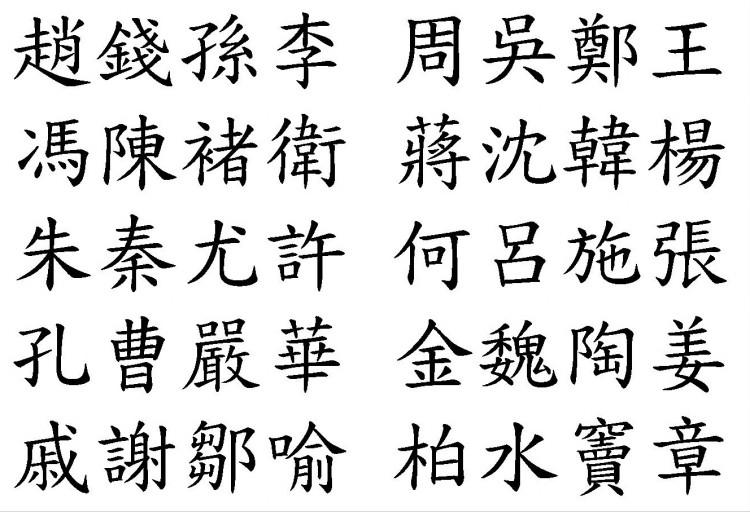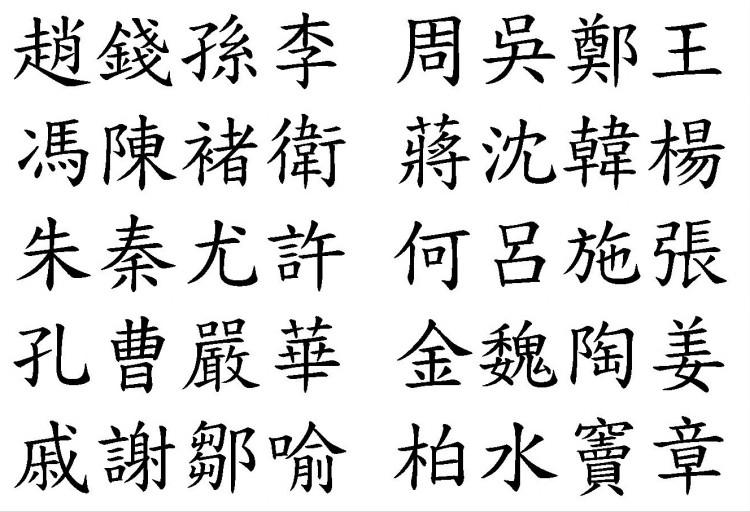
The first 40 surnames in “Hundred Family Surnames,” a text that records common surnames in ancient China. The Epoch Times

The first 40 surnames in "Hundred Family Surnames," a text that records common surnames in ancient China. The Epoch Times
New research into Chinese surnames has revealed the impacts of historical migrations on the current population structure in China.





